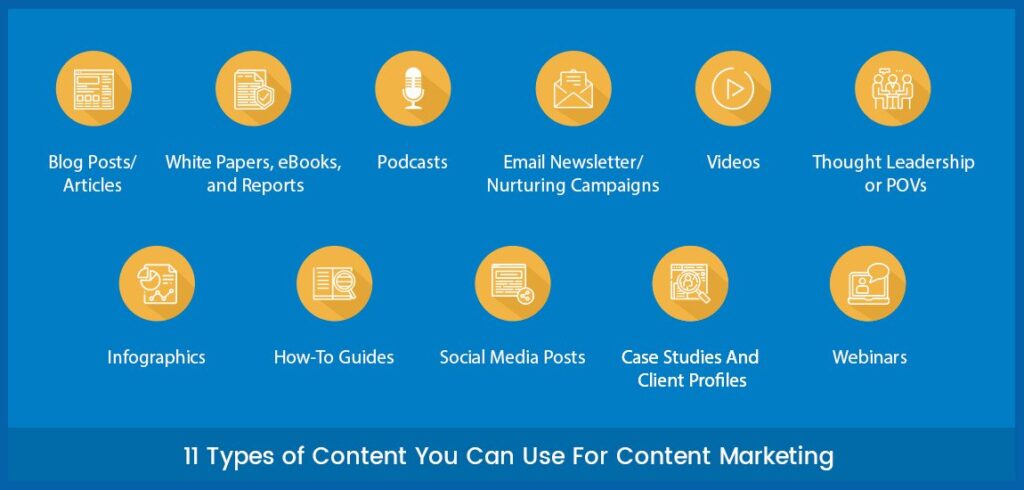Table of Contents
A WordPress editorial calendar contains details about the content pieces that are or will be published on your blog such as the title, team members working on it, its current status, guidelines to be followed while drafting, etc.
Here are three ways in which a WordPress editorial calendar will help you:
- Keep your content production consistent: You can plan the content you want to publish for your audience in advance and schedule it accordingly.
- Saves time while reducing stress: When a piece is being drafted, you won’t have to reach out to various busy team members to ask for updates. A WordPress editorial content calendar will keep you asynchronously updated.
- Helps your team collaborate: With a good editorial calendar in place, your team members can communicate clearly about the upcoming requirements and get their doubts, if any, resolved in advance.
Simply put, a WordPress editorial content calendar will help you streamline your production of quality content.
However, growing WordPress content teams might find it challenging to create a WordPress editorial calendar from scratch due to limited resources.
In this article, let’s look at four steps that will help you create a customized WordPress editorial calendar for your team.
1. Identify your content requirements and resources available
The first step to creating a WordPress editorial calendar is to decide what your audience is interested in and which type of content will help you achieve your business goals easily. For instance, you can choose between short-form or long-form content based on what your audience wants.

Start by listing your business goals and then tie them to the content you want to produce. For example, if you want to get more traffic, then blog articles can give you better results than landing pages.
The next step is to look at your available resources. In some cases, you might need to expand your team to meet your brand’s requirements whether it is to produce more content or different kinds of content.
While assessing your resources, it is necessary to quantify them. You should ask questions like — what kind of content can we produce now, how many pieces can we publish in a month, and how much will it affect other processes?
2. Create a general format for the content calendar
After identifying your requirements and assessing your resources, it is time to create a format for your content calendar. A format will have certain fields of data which will help your WordPress editorial team develop a uniform and predictable approach toward content approval and publication.
Typically, the general fields of a content calendar include:
- Content type and publication medium: Whether it is a blog post or a PDF guide, and where it will be published.
- Title and description: This will help other team members quickly understand what the requirement is about. The description can also contain details such as guidelines for that particular piece and its intended audience.
- Deadlines: The primary purpose of a WordPress content calendar is to let the editorial team know when a particular content piece will get published.
- Team members involved: When a new team member looks at an action item in your content calendar, they will immediately know who to reach out to for the latest details.
- Status and ‘last updated on’ date: Sometimes things can slip through the cracks. In those cases, it is crucial to know these details to keep the workflow efficient.
The components above will give you a great starting point while creating a WordPress editorial content calendar. As you continue to use it, you can add/remove fields from it to make it more tailored to your team’s requirements.
3. Collaborate with your team while creating the content calendar
Adding an action item to your WordPress content calendar involves filling up all the details in the fields. Managing it singlehandedly can be tedious and time-consuming while increasing the chances of mistakes.
For instance, you might incorrectly set deadlines which can affect your WordPress editorial team’s performance.
And so, use your WordPress content calendar as a collaboration tool that helps members of the editorial team work more efficiently. You can schedule meetings with your team at regular intervals while creating action items for your content calendar and setting deadlines for them.
Furthermore, it is also helpful to have retrospective meetings where you with your team look for areas of improvement in the content calendar and as well as the WordPress editorial workflow.
4. Use editorial content calendar templates and examples
Manually creating a WordPress editorial content calendar template allows you to build a customized one that will be best suited for your team. However, it could take weeks to get there if you start from scratch. A better solution is to simply pick a content calendar template for your WordPress team and modify it as per your requirements. Request feedback from your team before finalizing a WordPress editorial calendar template.
A content/editorial calendar will help you identify areas of improvement in your WordPress content creation workflow. Often, one of the areas of improvement is using the right tools that empower your team to get the most out of your WordPress editorial content calendar.
Make the most of your WordPress content calendar with Multicollab
Multicollab is a WordPress editorial plugin that enables Google Docs-style editorial commenting in the Gutenberg Editor. Your team can exchange feedback on any kind of content, including videos and dynamic blocks such as image carousels and CTA blocks without ever leaving WordPress.
As a result, your dependency on third-party document collaboration tools such as Google Docs and Microsoft Word during the WordPress editorial process will decrease, making your content production process up to 42% faster.
Apart from that, you can directly invite external collaborators to WordPress for their feedback during the review phase. This will help you keep your organizational data secure since you won’t have to give unrestricted access to your company’s virtual drives.
With the right WordPress editorial content calendar and Multicollab, your team can produce better content faster by getting the most out of the Gutenberg Editor. Speaking of which, check out these 16 productivity tips to help you publish content faster in the WordPress Gutenberg Editor.
FAQs:
1. How do I create an editorial calendar?
You can create an editorial calendar in four steps — identify your content requirements, create a generalized format with general fields, collaborate with your team while filling up requirements, and start with a ready-to-go template.
2. Does Google Calendar work with WordPress?
Go to Google Calendar and generate a public iFrame embed code for the calendar you want to use on WordPress. Then, insert a new Google Calendar block in the Gutenberg Editor and paste the code.
3. Does WordPress have a calendar feature?
No. But there are various WordPress calendar plugins such as Sugar Calendar, Events Calendar, and My Calendar that you can use.
4. What is the difference between an editorial calendar and a content calendar?
An editorial calendar typically looks at the long-term goals whereas a content calendar helps the content team with the day-to-day operations. Usually, the content calendar is a subset of the editorial calendar.
5. What is a website editorial calendar?
A website editorial calendar is a visual collaboration tool that contains details of the content pieces that are to be published on the blog.






